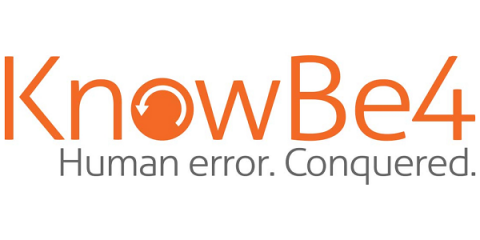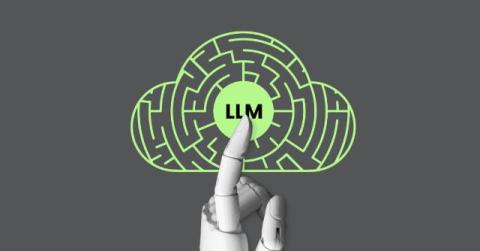Attackers Abuse HubSpot's Free Form Builder to Craft Phishing Pages
A threat actor is abusing HubSpot’s Free Form Builder service to craft credential-harvesting phishing pages, according to Palo Alto Networks’ Unit 42. The campaign has targeted at least 20,000 users at European companies in the automotive, chemical, and industrial compound manufacturing sectors. The attacks are designed to steal credentials in order to compromise victims’ Microsoft Azure cloud services.










